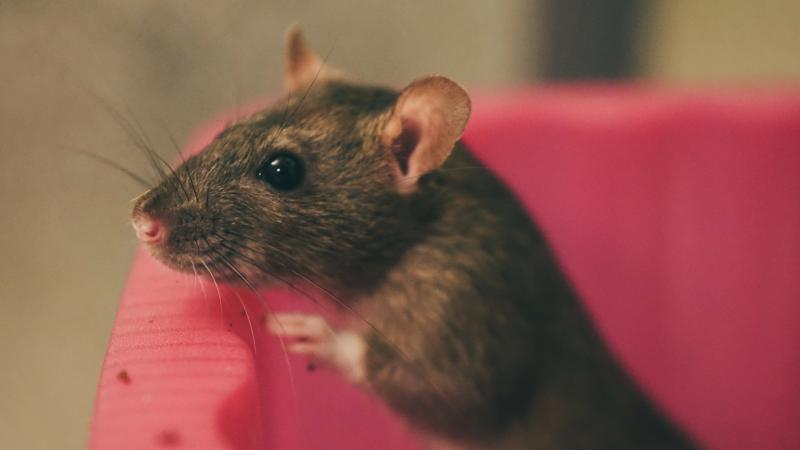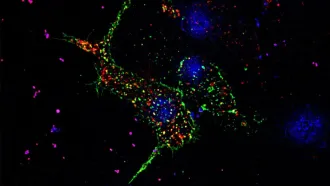
Researchers from Raja Ramanna Centre for Advanced Technology, Indore, Homi Bhabha National Institute, Mumbai, Indian Institute of Technology Delhi, Delhi, and Bhabha Atomic Research Centre Facility, Visakhapatnam are studying speckle variance optical coherence tomography—a new method of microscopy used to study biological materials. Their recent study checked for the possibility of using the method to microscopically monitor wound healing in real time.
Most of us, if not all, have been bruised or wounded at some point in our lives. After the initial pain as the skin is torn up and a trickle of blood, starts the, sometimes months long process of healing. As the blood clots, old and damaged cells and tissues are replaced with newer ones, eventually leaving nothing but a scar behind. This process of self-healing of wounds and ailments is not only a wonderful part of life, but also an important process to learn. Insights into the healing process could help us come up with effective treatments for the same.
Microscopes are a great tool, allowing us to view the damaged cells and tissues. However, conventional microscopes cannot be used to get details of the vascular system, the circulatory system of the body consisting of veins, arteries etc, as these lie below the cells and tissues. Several methods have been devised to overcome the limitation- one of which is the Optical Coherence Tomography (OCT) method. OCT uses a beam of coherent light, which is incident on a material. The light scattered off of the biological material is used to construct a high resolution 2D or 3D image of the subject. It is comparable to an MRI or ultrasound techniques, which uses magnetic fields and sound waves respectively. However, since OCT uses visible light, in the form of laser pulses, the method allows of very high resolution of the subject.
Speckle variance OCT utilizes the speckles of light (minute details in the reflected or scattered light) to create a detailed image of the subject.
In their new study, the researchers looked at the feasibility of speckle variance OCT in imaging cutaneous microvasculature—including the skin and microvessels. Diabetic mice were selected as test subject for the study. The research studied punch wounds created in the ear pinnae of the mice. The wounds “were monitored at different times post wounding to assess the structural and vascular changes” report the authors.
The study shows the thickness of the skin increased post wounding and continued to remain thick even thick even after the wound healed. “The results show that the developed speckle variance optical coherence tomography system can be used to monitor vascular regeneration during wound healing in diabetic mice” remark the authors about the result of the study.
More importantly, the study also established the feasibility of the speckle variance OCT method at imaging vascular regeneration of a living organism, opening newer avenues to understanding the process of wound healing.






